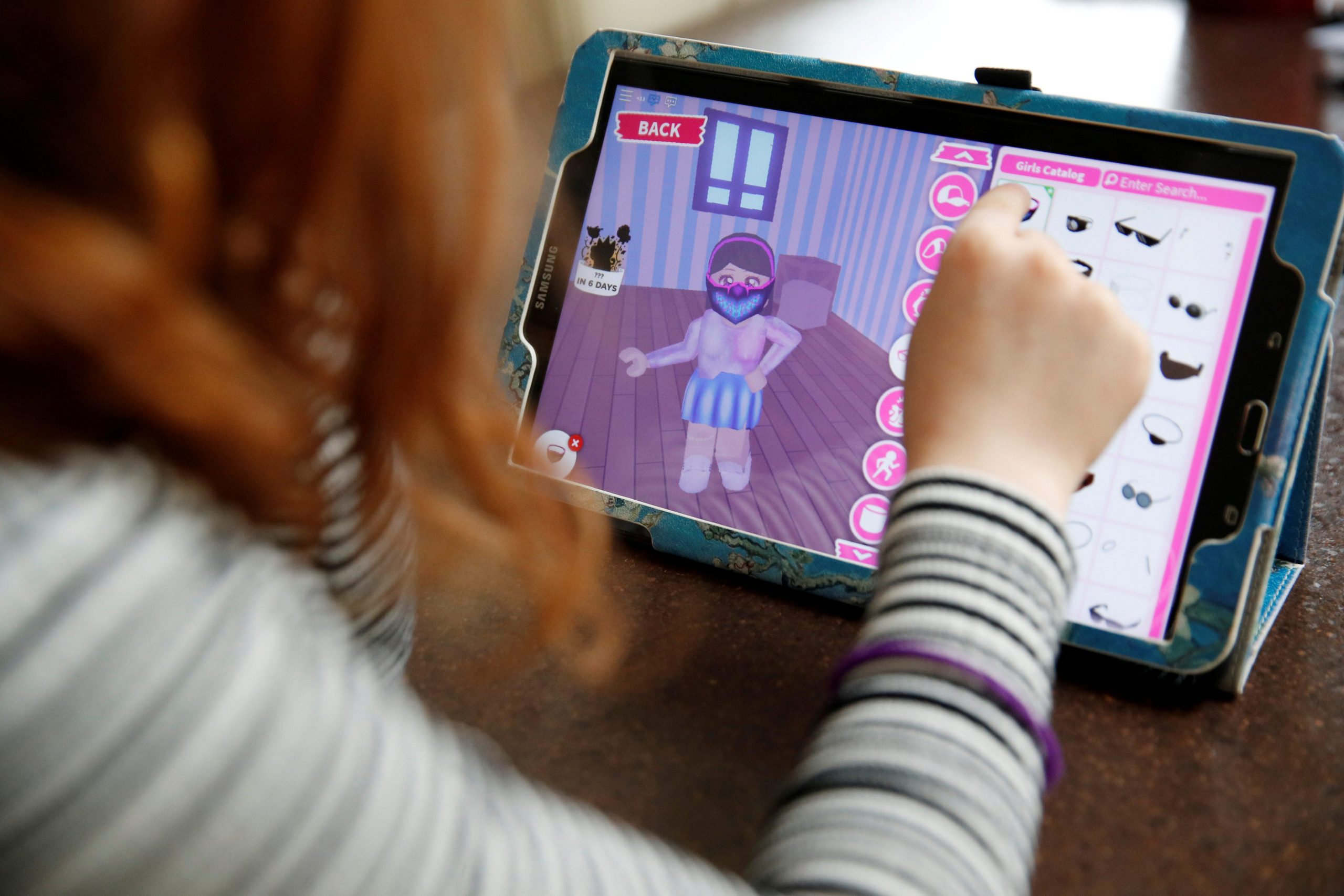
Phil Noble/Reuters
- Games startup Roblox delayed its IPO until 2021, with the CEO reportedly telling staff in a Friday memo that executives were working to boost its initial listing price.
- Roblox executives reportedly saw first-day gains from Airbnb and DoorDash as signs that it could improve its eventual listing price by holding off until 2021.
- “We’ve seen companies take innovative approaches to creating a more market-based relationship between investors and companies,” CEO David Baszucki said in a Friday memo shared with Reuters.
- Visit Business Insider’s homepage for more stories.
Games startup Roblox delayed its IPO until 2021, with the CEO reportedly telling staff in a Friday memo that executives were working to boost its initial listing price.
“We’ve seen companies take innovative approaches to creating a more market-based relationship between investors and companies,” CEO David Baszucki said in the memo, which was shared with Reuters.
Said Baszucki: “We’ve decided to take this opportunity to work with our advisors to see how we can make such improvements.”

In November, the company filed with the Securities and Exchange Commission for a future listing, saying it expected to raise about $1 billion. Wall Street had expected the company to go public by the end of the year.
But after watching last week’s DoorDash and Airbnb offerings surge in first-day trading, Roblox executives decided to rethink their timeline, Reuters reported. DoorDash stock almost doubled on its first day, while Airbnb just about tripled from its offering range in a day.
By waiting until next year, it may be possible for Roblox executives to work with underwriters and investors to set a higher listing price, bringing in more cash for Roblox on its eventual IPO day.
—Ross Gerber (@GerberKawasaki) December 9, 2020
Roblox stock would be "really, really interesting," wrote Ross Gerber, an investment advisor, on Twitter, before the company delayed.
A potential boost in Roblox's listing price could help the gaming company reverse its slide away from profitability. The company logged a daily average of 31 million users in the first nine months of the year. Those users brought in about $589 million in revenue, but the company still lost $203.2 million in the same period, according to its S-1 filing with the SEC.
And its loss-making has only accelerated in recent years.
The $203.2 million loss in those nine months was more than it lost in the previous two years combined, with a $97.2 million loss in 2018 and a $86 million in 2019, according to its filing.
If users leave the platform, it may never reach profitability, it said.
